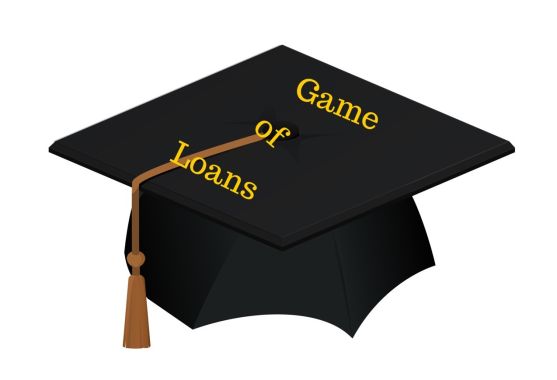
“The average federal debt of students who graduate from Cabrini with a bachelor degree is currently $27,000,” Betsy Gingerich, director of financial aid, said in an email. Marketwatch.com reported that in 2015 the average debt for a graduate in the U.S. was $35,051.
Financing a college education is one of the most stressful aspects of a young adult’s life. There are many financial options for students to pay for their time in college: government grants, state grants, the college they are attending and private organizations. For most students this is not enough to cover the cost so they apply for a loan.
The site studentaid.ed.gov defines loans as borrowed money for college or career school. Loans must be paid back with interest. “There are 1,078 undergraduate students enrolled at Cabrini College who have a federal loan for this academic year,” Gingerich said.
Students who participated in a survey responded with 33 percent not knowing how to pay back their student loan.
“Knowing how loans function is extremely important because it teaches students how to save their money and how to make the best decision in regard to their financial situation and on debt,” Betsy Comas, freshman biology major, said.
There are two types of student loans: need-based and non-need-based. Within need-based, there are Federal Direct Subsidized loans and Perkins loans. These loans generally go to students with the greatest need. Federal Direct Unsubsidized loans do not depend on need. Federal Direct PLUS loans are loans to parents and have a somewhat higher interest rate. Another loan is a bank loan. These have the highest interest rate and cannot be forgiven through some of the new federal forgiveness options.
Gingerich recommends that the best way to pay off student debt is with the minimum monthly payment on time each month.
“To lower monthly payments is to make interest payments during the in-school deferment period,” Gingerich said. “If the interest on unsubsidized loans are not paid during deferment periods then interest capitalizes. This will increase the principal balance that the student owes.”
One big benefit of Federal Direct student loans is that if one works for a qualified nonprofit organization, their loan may be forgiven after 120 payments. Gingerich said, “A student who works full-time for a nonprofit organization may be eligible for public service loan forgiveness. This means that after paying 120 months of payments on time, the balance of the debt may be eligible for forgiveness.”
Also some students in the medical field, military, and social work might also apply for loan forgiveness.
If a student chooses to enter grad school, then the loan will continue to be deferred until the student has completed their graduate degree. “Since I am in grad school my loans get pushed off until I complete my Psyd degree which is great because it’s really hard to work while going to school full-time,” Courtney Alio, class of 2013, said.
Pew Research reports that 62 percent of 2012 graduates from upper-middle-class graduates left school with debt, which is almost double of what it was 20 years ago.


